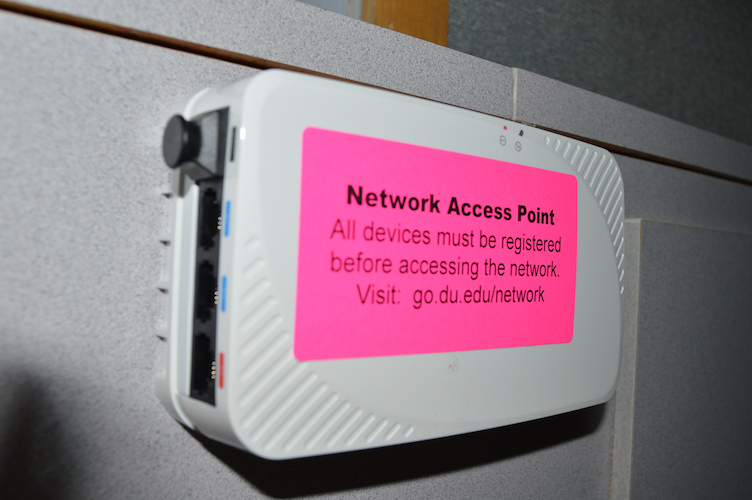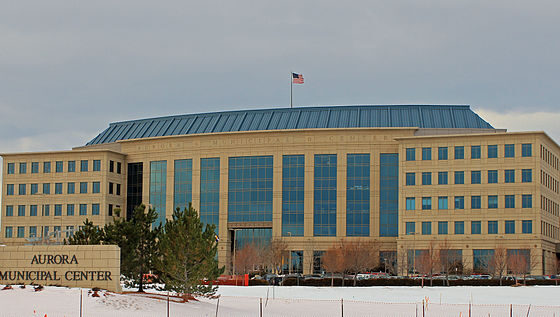On July 25, DU’s campuswide Wi-Fi network, PioneerNet, was replaced by a brand-new system called DU WiFi. It’s a project that’s been in the works for over six months, and according to the 80-person department that made it all happen, University Technology Services (UTS), it was anything but easy.
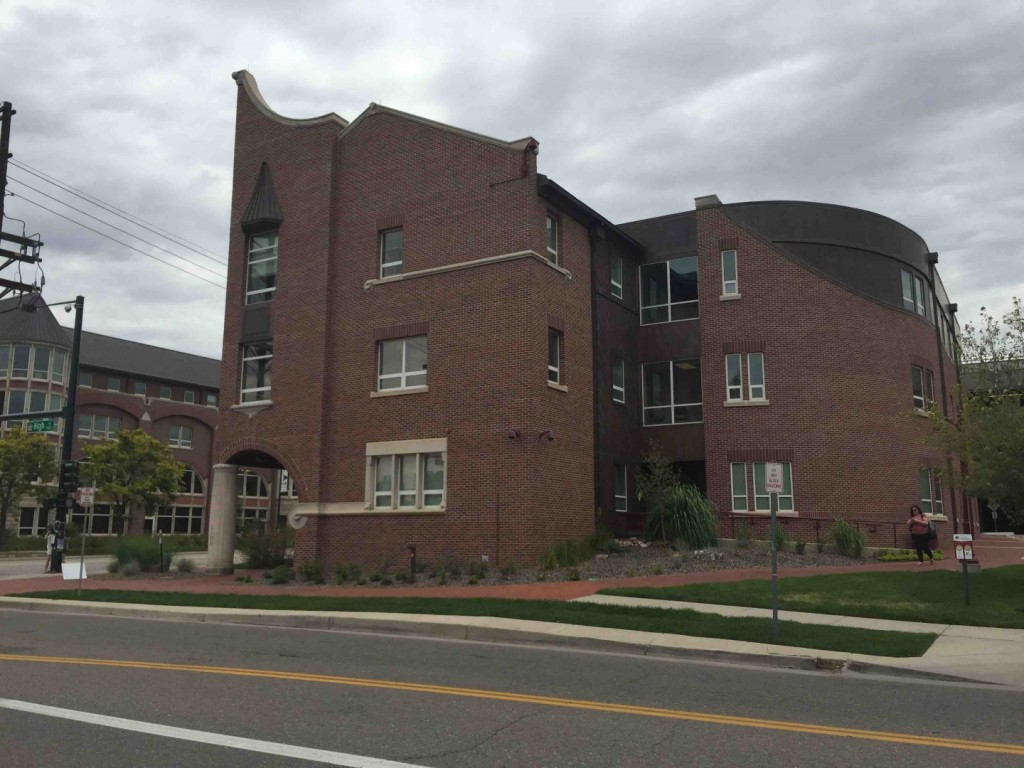
Mike Hiskey is the Director of Emerging Technologies and Research Support for UTS. He said that after hearing a surplus of “valid criticism” about PioneerNet, the need to shift systems became clearer than ever.
“As part of the typical review processes that we go through, we identified that PioneerNet was a target for a lot of constructive criticism, if you will [laughs]. And, some not-so-constructive criticism,” said Hiskey. “So recognizing that it wasn’t the service that we really wanted it to be, DU’s customer service, telecommunications and information security teams came together to see what the problem with PioneerNet was and if it was time to re-engineer it.”
A lot of changes have come with this project, but according to Hiskey, one of the biggest and most noticeable of them all is the installment of access points throughout campus’ dorm rooms. This means that each dorm room on campus will have its own internet network nested within the DU WiFi network intended for optimal speed and security.
Chad Burnham, UTS’ Director of Telecommunications, said that DU is the first university in Colorado to carry out a project like this for its residence halls. He also mentioned that although UTS houses 80 employees, about 15 to 20 of them, including himself, are primarily working on DU WiFi.
“We now have a system here that’s pretty robust and will last at least five to seven years, which is a long time in the Wi-Fi business,” he said. “We’re seeing anywhere between three to six devices per student, so we wanted to be able to say yes to things like gaming consoles and new types of devices that you would normally find in a residence. Enabling a new level of service in the residence halls is really important to me, and our entire division.”
Burnham explained that 840 access points have been installed in Centennial Halls, Centennial Towers and Johnson-McFarlane Hall, while 598 will be installed in Nagel and Nelson Halls throughout the fall quarter. Sturm Hall already received these access points in the spring, and Burnham said DU’s graduate living spaces will be eventually be getting them as well (though some already have).
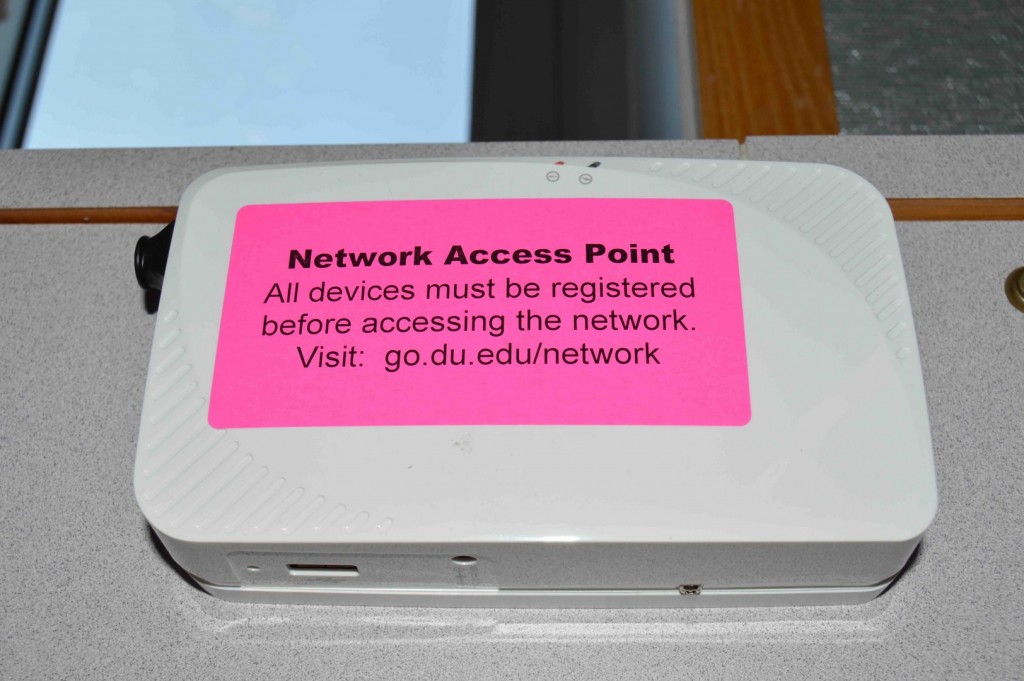
In addition to the access points, Hiskey said another major thing to know about DU WiFi is that it is much more tight-knit than before, simplifying the online experience as a whole for users.
“When you logged into PioneerNet, your password and username were having to go to all sorts of different places [in cyberspace] to make sure you were authorized to get on the network,” he said. “And if any one of those connections was broken, PioneerNet wouldn’t work. So there were a lot of things all working at the same time to make PioneerNet work and now that we’re using one product to provide the core of the network, it’s not moving as much data back and forth. There are fewer links in the chain now, leaving less room for error.”

UTS’ Assistant Director of Telecommunications, Alex Khramov, also stressed the fact that this simplification of the system is perhaps the most noteworthy aspect of the Wi-Fi redesign.
“The main idea behind this latest design was to simplify the whole process and experience for users and alleviate some of the pain points that were brought to our attention with PioneerNet,” he said. “That was the main driving force behind this project—to make it easy as possible for students and faculty to get on and use it.”
According to the UTS department, DU WiFi is as easy to connect to as it would be at a place like Starbucks, while still providing the security and authentication needed on a college campus. Furthermore, the department says logging on for guests has been bettered in a similar manner, making it easier for them to log on without interfering with DU’s primary network (guests will logon to their own separate network for security reasons).
Last but not least, UTS is proud to announce the installment of Eduroam on campus, which is a worldwide network shared amongst many other academic institutions. The network will allow, for example, a student who is abroad at Queensland University in Australia to remotely access any of DU’s campus-exclusive online resources by simply connecting to Eduroam.
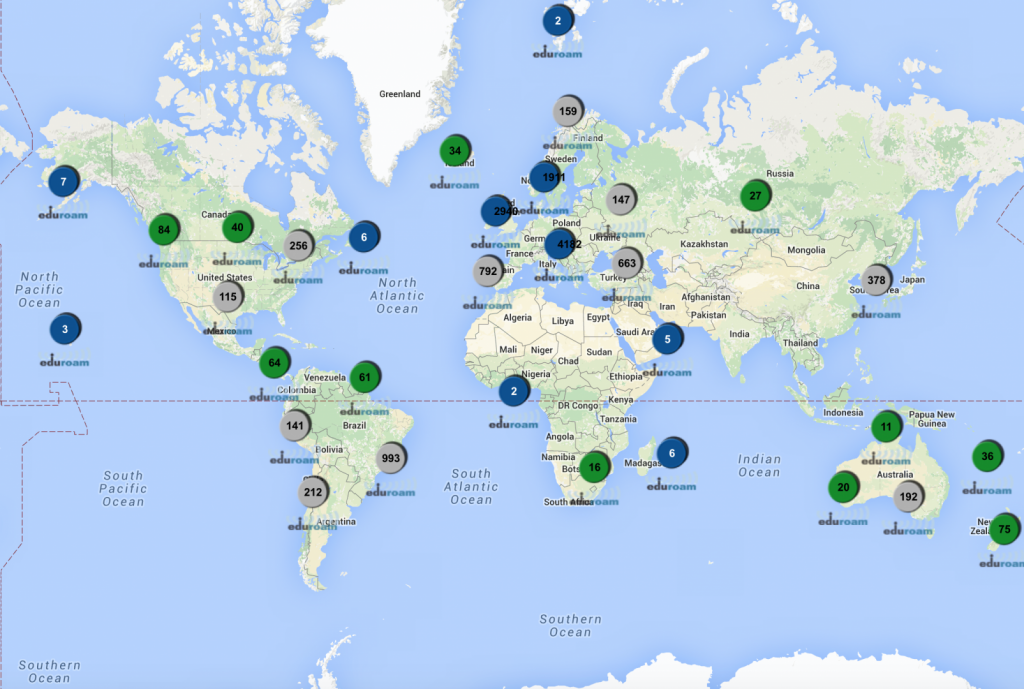
Looking ahead, Hiskey said that while the UTS team is happy with how this project has gone, there will be plenty of work left to do and that the DU community will have to be cooperative. He explained that this is the kind of project that will never truly be 100 percent done despite how much progress has been made.
“We know that there are still things we’re going to have to figure out,” he said. “If you think about the thousands of services on campus that we need the internet for, when putting in a new wireless network, we have to make sure that it can actually aid us with those thousands of services.”
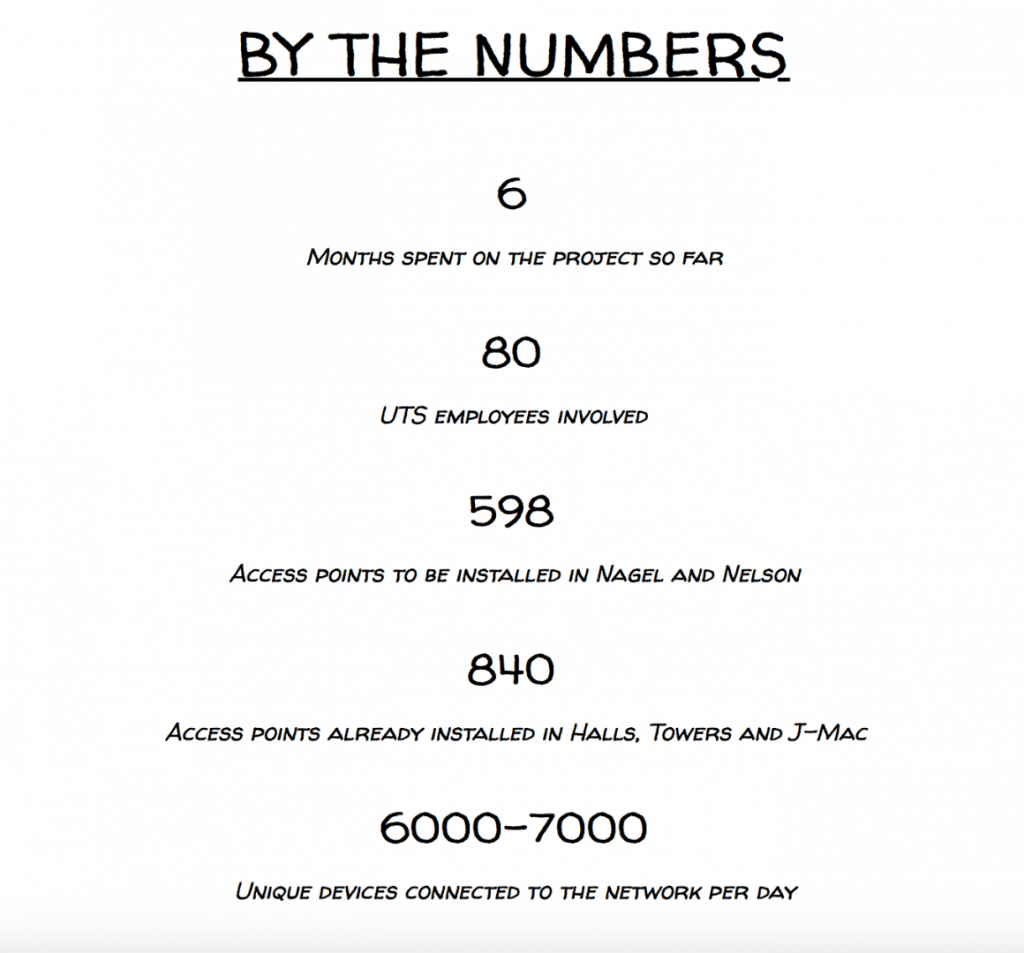
Burnham agrees that kinks will have to be worked out throughout time. He said that 6,000 – 7,000 devices depend on the network every day. He also thought that amongst all the criticism, it’s important to know that DU is not the only school facing a need to keep up with an increasingly digital world.
“All of higher ed is struggling with this [upgrading Wi-Fi systems],” he said. “Wireless has gone from being what I used to call a utility, like water, to something more like oxygen. When people don’t have internet for seconds, they can actually get heart palpitations and start to get panicky. People can really get worked up, but we understand that and want to keep the service up as much as we can.”
Despite how exhausting this project has been, Hiskey said he can’t help but be happy about how much better off campus is now than on his first day on the job.
“Back in the early 2000s, there were just hotspots on campus,” he said. “It wasn’t like everybody was connected everywhere; it was just in places like the library and in the lobbies of dorms. And it really wasn’t until a few years ago that we could finally say ‘yeah we can actually have internet everywhere.’ Not to mention, it was about a 45-minute process to get connected to Wi-Fi back then because laptops didn’t have wireless cards so we had to bolt stuff in and figure out how to get the laptop on the network. When I think about what we have now compared to what we had then, it’s just a world of difference.”

